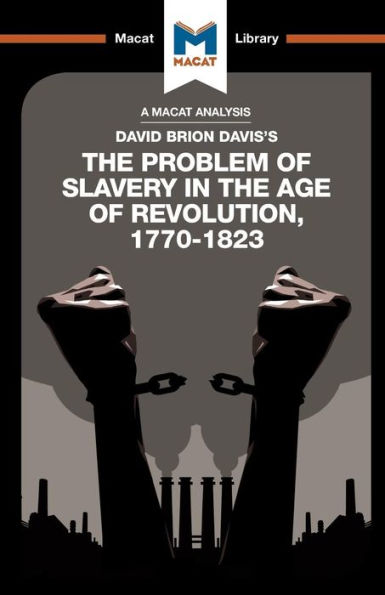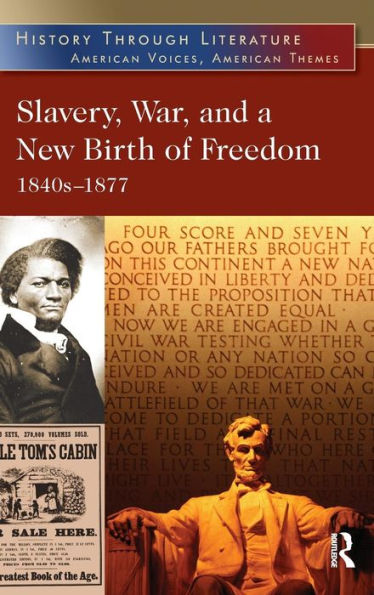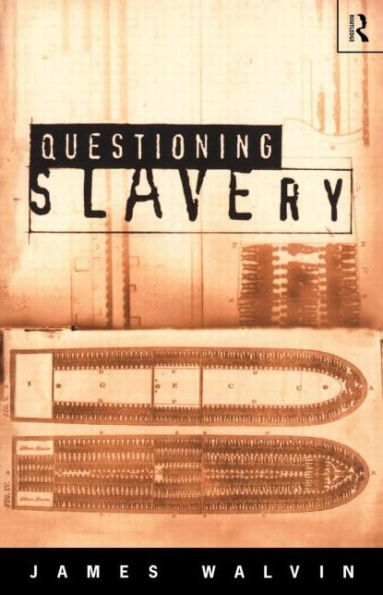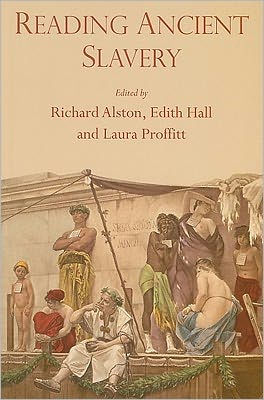Home
David Brion Davis's the Problem of Slavery Age Revolution, 1770-1823: A Macat Analysis
Barnes and Noble
David Brion Davis's the Problem of Slavery Age Revolution, 1770-1823: A Macat Analysis
Current price: $26.95


Barnes and Noble
David Brion Davis's the Problem of Slavery Age Revolution, 1770-1823: A Macat Analysis
Current price: $26.95
Size: Hardcover
Loading Inventory...
*Product information may vary - to confirm product availability, pricing, shipping and return information please contact Barnes and Noble
How was it possible for opponents of slavery to be so vocal in opposing the practice, when they were so accepting of the economic exploitation of workers in western factories – many of which were owned by prominent abolitionists? David Brion Davis's
The Problem of Slavery in the Age of Revolution, 1770-1823
, uses the critical thinking skill of analysis to break down the various arguments that were used to condemn one set of controversial practices, and examine those that were used to defend another. His study allows us to see clear differences in reasoning and to test the assumptions made by each argument in turn. The result is an eye-opening explanation that makes it clear exactly how contemporaries resolved this apparent dichotomy – one that allows us to judge whether the opponents of slavery were clear-eyed idealists, or simply deployers of arguments that pandered to their own base economic interests.
The Problem of Slavery in the Age of Revolution, 1770-1823
, uses the critical thinking skill of analysis to break down the various arguments that were used to condemn one set of controversial practices, and examine those that were used to defend another. His study allows us to see clear differences in reasoning and to test the assumptions made by each argument in turn. The result is an eye-opening explanation that makes it clear exactly how contemporaries resolved this apparent dichotomy – one that allows us to judge whether the opponents of slavery were clear-eyed idealists, or simply deployers of arguments that pandered to their own base economic interests.










